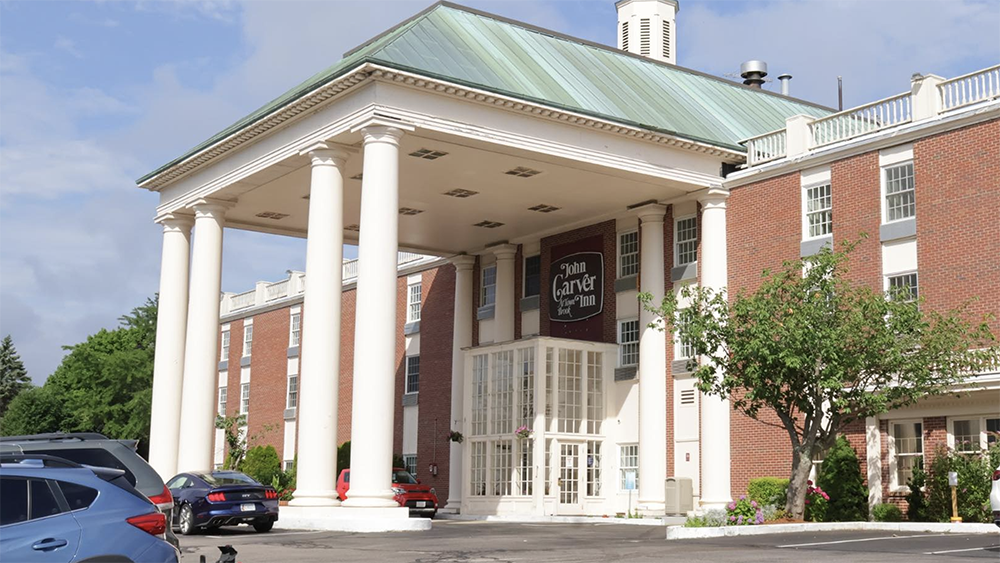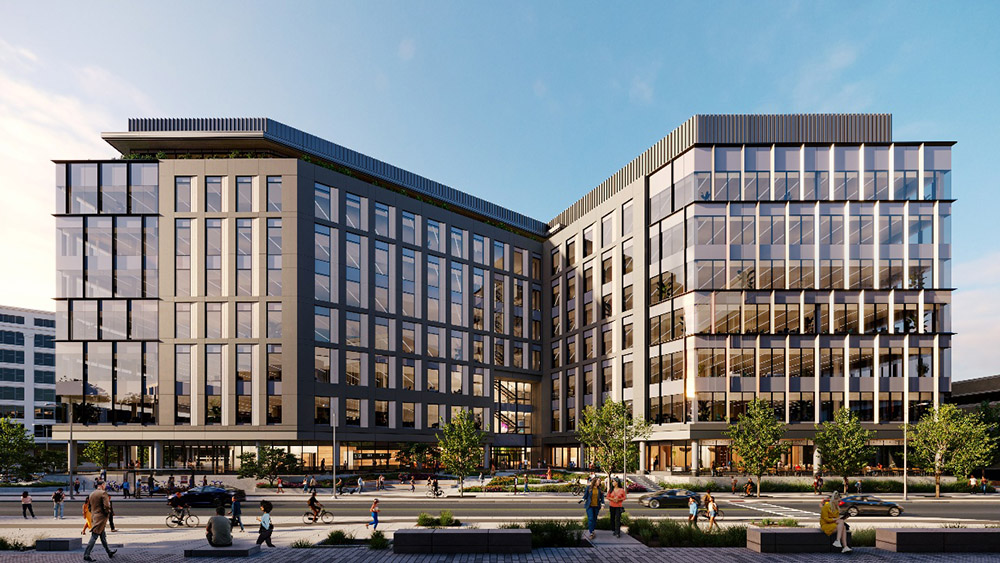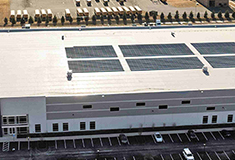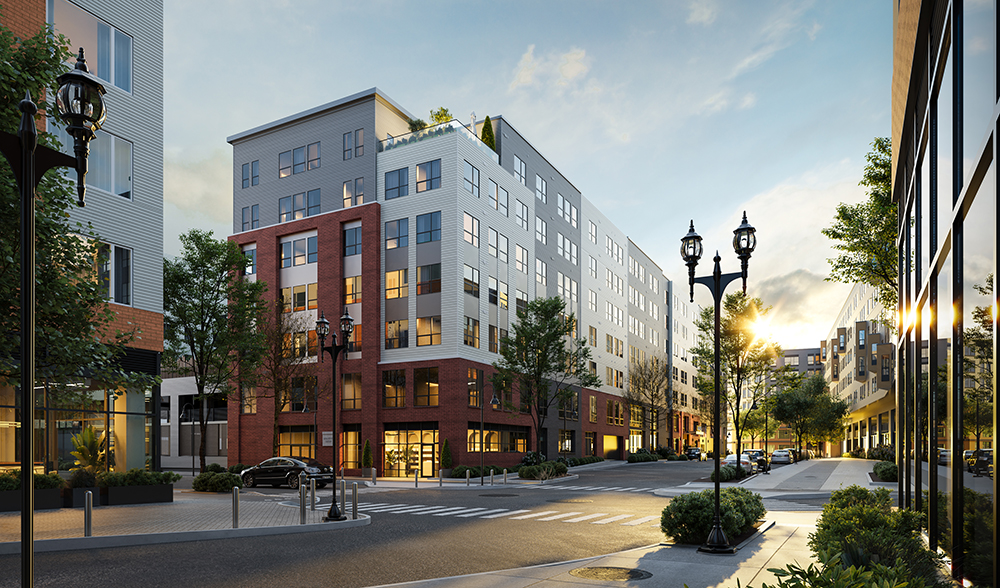News: Owners Developers & Managers
Posted: May 3, 2012
Current sustainable development practices - Part II
Last article introduced some of the more common sustainable development practices currently being implemented by developers. This article will outline some of the more specific practices that involve more upfront planning, but that can go a long way in terms of energy savings and reuse in a development project.
Essentially, a sustainable developer wants to lead by example and implement an overall sustainable development strategy that includes:
* Energy Efficiency - build better homes;
* Reduce Waste - construction waste accounts for 30 - 40% of residential waste;
* Use the Right Materials - low V.O.C., local suppliers, Energy Star, low flow plumbing; and
* Renewable Energy - produce as much as we consume.
Developers of multi-family projects, especially, have turned to best practices during the planning phase of a project. Some of these practices promote energy efficiency and savings while also implementing green building initiatives. Most oftentimes, these practices typically do not add to the bottom line of a project budget. They just take some extra time, effort and consideration up front to ensure a sustainable project performs as expected without adding substantial dollars to the build out.
Some examples of zero cost planning initiatives include things like limiting the square footage of units or the orientation of the building and windows to take advantage of solar patterns. In passive solar building design, windows, walls, and floors are organized and oriented to collect, store, and distribute solar energy throughout a dwelling. Other examples include choosing to install Energy Star appliances or selecting renewable, locally sourced alternatives for wood flooring. Some even have a ring of common sense to them. For instance, saving as many trees on site as possible for shading or directing drainage systems away from homes or buildings.
The next progression is to take energy efficiency, materials and waste reduction up a notch, which in turn increases your initial project costs. The net effect is to reduce the energy consumption and waste materials produced during the project construction phase. Some examples of energy efficient initiatives at this level primarily involve upgrading to spray insulation over traditional methods and installing insulated slabs and/or forms for your foundation and some walls. Advanced framing techniques can reduce project waste generated by requiring less lumber. A classic example is to build corners with two studs rather than three, thus reducing lumber used while increasing space for insulation. The upfront costs of these methodologies are more than offset by decreases in heating and cooling energy consumption, while also providing the occupant a more stable temperature environment.
Other marginal cost increase initiatives focus primarily on the installing or upgrading traditional mechanicals. Some examples include installing dual flush toilets, programmable thermostats and upgrading HVAC systems to Seer 16. Water conservation has become a huge initiative across the country. Many developments look to install rainwater collection and grey water systems to handle lawn and garden watering along with wastewater systems. Most households use over sixty four thousand gallons of water per year, one third of which is flushed down the toilet. Systems like these definitely add cost to a project bottom line, but with the correct planning and implementation, that cost can be recouped within a small time period. An added benefit of rainwater and grey water systems is that they reduce your reliance on municipal resources for your wastewater and watering needs.
The final article in the series will concentrate on the higher-cost initiatives that I outlined briefly in part I, specifically, renewable energy sources.
Sean Jasie is sales director with Cordis, Inc., Quincy, Mass.
MORE FROM Owners Developers & Managers
Mount Vernon Co. acquires John Carver Inn & Spa in Plymouth, MA
Plymouth, MA The Mount Vernon Company (MVC), a Boston-based real estate and hospitality investment firm, has completed the acquisition of the John Carver Inn & Spa, an 80-room property.
Columns and Thought Leadership

IREM President’s Message: Fostering community connections during the holiday season
The holidays are again taking center stage, and with them comes an opportunity for multifamily communities to connect with the businesses and organizations in their cities and towns, fostering a sense of unity and generosity during this giving season

Selecting the right façade installation firm - by Steven Powell
As the owner of a major new property being developed, or an existing large building preparing for major renovation, you want your design and construction team to have the right experience, capabilities, and expertise to match the project demands. A critical member of this team will be the façade installation specialty firm, since the quality of this installation will impact

Recently passed legislation creates opportunities to meet CT’s changing energy needs - by Klein and Feinn
For decades, New England has had a summer-peaking power system, where the greatest energy use occurs on the hottest and most humid days, due to widespread use of air conditioning. But by the mid-2030s, electrification of the heating sector likely will result in a winter peak that’s higher than the summer peak.

.png)





.png)

